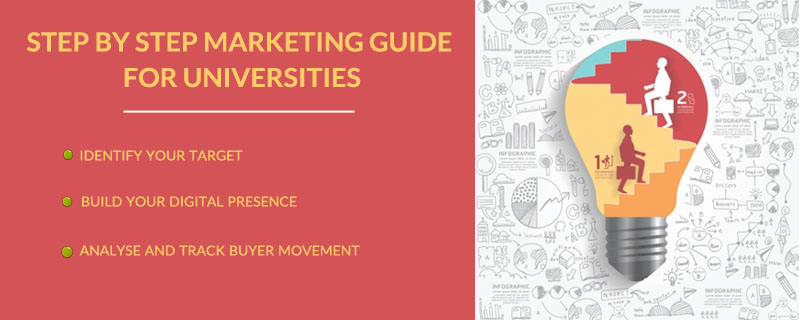Tag: social media
A Step By Step Marketing Guide for Your College/University-PART I
At present, India has a total of 700-degree granting universities and 35,539 affiliated colleges (Public or Private). With more than 85% of Indian high...
How did Prem Henna become the Talk of the Town in...
Prem Henna Pvt. Ltd. is half a decade old company selling traditional products. As the name suggests Prem Henna offers products made out of Henna...
Will the Convergence of Radio & Social Media Prove to be...
Whatever has a personal appeal, majority of people are driven towards the same. Don’t you think so? The main reason behind this is that...









